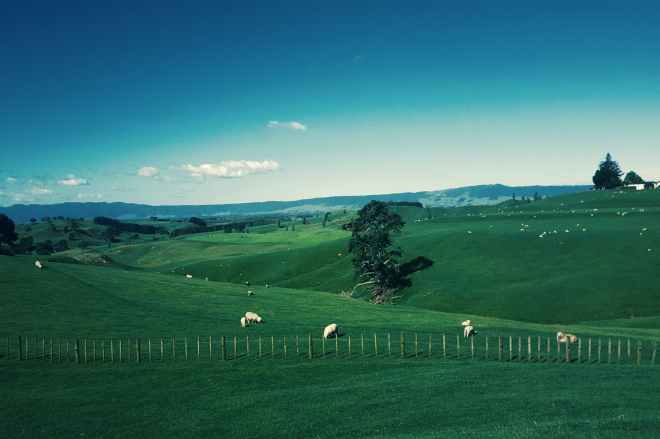
BOOK REVIEW
Reviewer: Michael Keith
Title: The Armistice and the Aftermath: The Story in Art
Author: John Fairley
Total Number of Pages: 192
Rating Scale (1: Very Poor, 10: Excellent): 7½
——————————-
When describing this volume’s content, a note on its dustjacket states that ‘…The Armistice and the Aftermath…brings together in one book a superb collection of the most epic paintings of the [World War I] era. The result, with informed and perceptive commentary is a unique record of those momentous days…’ It is an accurate summary of what is to follow.
The volume consists of 40 Chapters, these appearing immediately after the two page Contents section. There are none of the usual introductory sections one would expect to find within such a volume as this. While each Chapter nominally contains at least one full-page art work, in at least one instance (The Wartime Leaders, Chapter Forty), the image is out of sequence and appears before the section rather than within it. As it loses a certain relevance by doing-so, the reasons for this ‘displacement’ are unknown. While the majority of art works within the volume are from British, French or American artists, pieces by German artists also appear. The works displayed are in a variety of media, and are accompanied by an informative narrative. By this means, the reader is taken through the last year of the War, the first years of the Peace, while being introduced to important individuals, groups and occasions while so-doing. Where appropriate to the narrative, eyewitness descriptions also appear. It must however be noted that in some instances (and again for unknown reasons), the author of this volume does not consider it necessary to specifically name each plate within the text which accompanies it. In such situations he prefers to allude to it rather than name it specifically. Chapter 12 (Peace in the Mediterranean) is a case in point. Although four images appear within that Chapter, at no time are they specifically named; referred-to certainly, but not actually named. In addition, in several instances, the images that appear within a specific Chapter are not even mentioned within the text that supposedly relates to them. They are instead used as vehicles to present the artist’s thoughts on the events which prompted their eventual creation. The images of HMS Mantis on the Tigris and The Navy at Baghdad which appear in Chapter 11 (Peace in the Middle East), are but two such examples of this practice. Neither image is mentioned within the text, but the wartime reminiscences of their creator (David Maxwell) are. On the basis of the above, a reader expecting a detailed description of the individual images and their creation is likely to be disappointed. Most, but not all, of the images are captioned, the information provided tending-to consist of the individual piece’s title and the name of the creating artist. It was however noted there were several exceptions to this rule. An Appendix (The Armistice Terms) follows Chapter 40. Its title is self-explanatory. The Appendix is in turn followed by the volume’s final section titled Picture Credits. The title is self-explanatory but while naming the sources of the images, it also lists the pages within the volume on which they appear. This book contains neither Maps nor Index, and aside from the previously-mentioned Picture Credits section, the Contents pages contain no mention of those images which appear within the volume. Numerous unsourced Quotes appear throughout the work. Without supporting citations, their authenticity is inevitably under question; they might just as well be imaginary. A Glossary would have been of value: what for instance is Post Expressionist Painting (page 169)?
While this is a most-informative volume, for this reviewer it is let down by the total absence of an Index. As a result, a reader has no way of knowing which artists and individuals are mentioned within the book; which artistic works are represented, which geographical locations are mentioned, or which military actions have been recorded or commented-on. In the absence of such information, he believes it is both unreasonable and time-consuming to expect a reader to have to search through the volume’s 192 pages in a possibly-fruitless attempt to locate a specific individual, piece of art, geographical location or event. In his opinion this is a major failing, which serves to significantly-reduce the volume’s usefulness. The lack of Maps is also unhelpful as it gives a reader neither context nor location for the events mentioned within the narrative. Although the lack of citations for Quotes has been previously-mentioned, the presence of undefined terms is also unhelpful. What (for example) is ‘…The local Murdoch newspaper (page 165)? Who / what, was ‘Murdoch’? Why is he / it associated with a newspaper? In the absence of clarifying detail, such a statement is, at minimum, baffling, and to many, the reasons being unexplained, probably totally incomprehensible.
As the focus of this volume is on art, the works appearing within its pages are likely to be of interest to aficionados of such matters, while Historians and ‘Generalist’ readers with an interest in World War I may also find it of interest. As they portray contemporary military machinery, it is also possible that military modellers might find some of the images useful as reference material.
On a Rating Scale where 1: Very Poor, 10: Excellent, I have given this volume a 7½.
It should have been much higher.
________________________________



